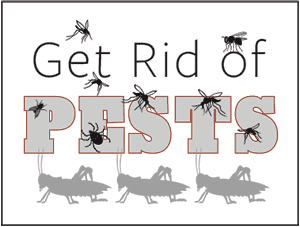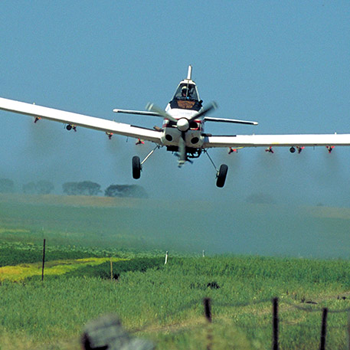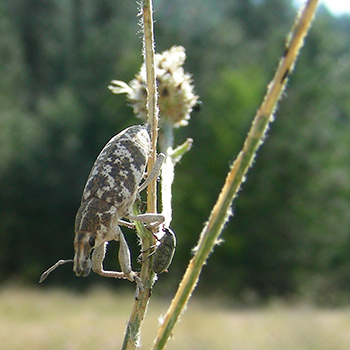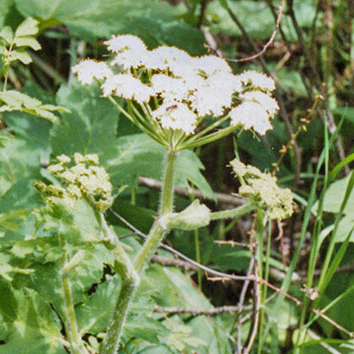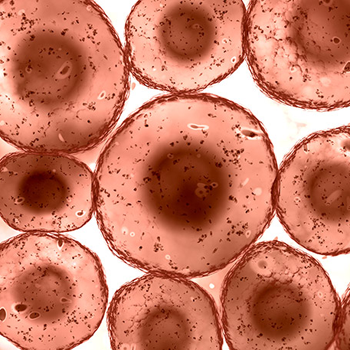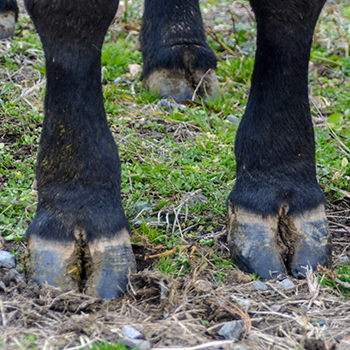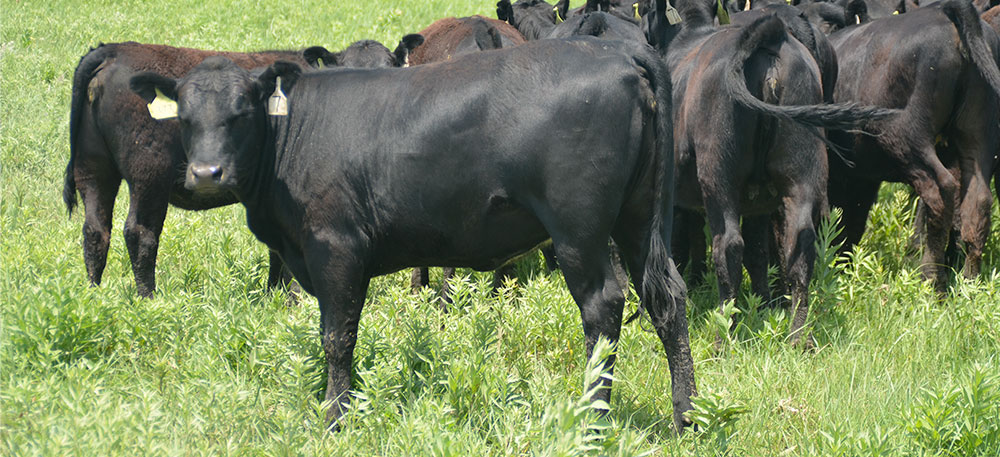
Stocker Prep
Get your stockers prepared for turnout.
Stocker calves can be a good investment and are a great source of converting available forage into protein. However, those producers who plan to manage stockers need to be prepared with good health, nutrition and vaccination protocols in place before the first calf steps off the truck.
There are two critical time periods for the stocker calf when it comes to its health, nutrition and, ultimately, performance. The first is the stress period or the first few days after the calves have arrived at their new destination. The second is the longer period of time when they have moved to grass and are grazing before heading to the next production phase — the feedyard.
According to Kevin Glaubius, senior manager of formulation at BioZyme Inc., it is vital to have a good working relationship established with your veterinarian to have nutrition and health plans in place.
Whatever we can do that first week to improve that animal’s experience will result in fewer treatments and fewer pulls, he says. Calves need a vaccination program to help them build immunity to help fight sickness when they are out on grass, ensuring they stay healthy and perform their best.
The distance traveled and the stress level of the calves when they arrive at their destination will determine if you should treat them immediately with vaccinations as they unload the trailer, or if you should allow them to rest and hydrate for 12-24 hours first. Regardless, you will want to welcome them to their receiving pen with a few essentials: fresh, clean water; long-stemmed hay in bunks low enough for young calves to reach into and eat out of; and mineral stress tubs placed around the perimeter of the pen.
Whether you give your vaccinations on arrival or wait until the next day when the cattle have had time to rest from their travels, it is important to have a good vaccination program in place and work with your veterinarian to know which shots to give. When you do give vaccinations and dewormer, Glaubius suggests giving each calf a dose of digestive drench to jumpstart the digestive system during stress. Drench does not interfere with antibiotics. The drench works with the stress tubs to help ensure the cattle are getting the most nutritional benefit from their feed, and that their digestive health stays in check.
“Stress tubs are designed to be a complement for those calves that aren’t coming to bunk every day. You might still have calves skipping meals 20 to 21 days in. Stress tubs help stimulate their intake so you can get them out to grass quicker,” Glaubius says.
The best way to get the calves accustomed to the bunk is to feed them long-stem hay from the bunk in their receiving pen the first few days. Glaubius suggests that, like people, cattle are creatures of habit, and so he would go to the extra effort to put the hay in their bunk first and top it with a mixed ration — not silage, because that has a strong and bitter smell and taste. Once the calves are trained to come to and eat from the bunk, they will start chewing their cud, which helps digestion. Also, while they are at the bunk, it is simple to look for alert ears, runny noses or rears, or any calf that doesn’t readily go to the bunk at feeding time.
A good mineral program works hand-in-hand with a good health program, and making sure your calves are off to a good start from the beginning is the most important cost-saving advice. Glaubius reminds backgrounders that the labor in treating one or two sick calves out on pasture is often more intensified and expensive than the treatment, so making sure everything is healthy before turning them out is important.
Once the calves are bunk-trained and signs of sickness are absent, usually two to three weeks, they are likely ready to go to grass, the second period of the stocker phase. Once they are on grass, it is important to still provide them continual, fresh water and a high-quality mineral. You can also continue to use the stress tubs for an added insurance policy.
“A mineral program while calves are feeding in the bunk as well as out on grass will help meet their daily needs, while combining that with stress tubs will help with overall intake, digestion and absorption,” Glaubius says.
Glaubius said once the calves are turned out on grass, have a good mineral program, and plenty of fresh water, they should continue to grow and gain without challenges. Grass tetany typically is not prevalent in younger calves; however, bloat can happen with a sudden change in the diet.
“You can have the best plan out there, and you can have disruptions,” Glaubius says.
Getting stockers turned out is a simple process if you plan ahead. Work with your veterinarian to have health and nutrition protocols in place. Be sure to have plenty of long-stemmed hay and fresh, clean water sources available upon receiving, and know how to treat for any sickness that does show up.
Editor’s note: Shelia Grobosky is a public relations coordinator for BioZyme Inc. You can learn more about BioZyme’s products for stocker calves at vitaferm.com. Photo by Kasey Brown.
